Home, as James Baldwin wrote, is perhaps ‘not a place but simply an irrevocable condition’. Sarah M. Broom’s National Book Award-winning memoir The Yellow House is a sweeping social history and condition report of the New Orleans neighbourhood in which she grew up.
The youngest of 12 children in a blended household, Broom was born in 1979 in New Orleans East, seven miles from the iconic street lamps and streetcars of the French Quarter. Her mother, Ivory Mae, bought a house in 1961 with insurance money from the death of her first husband. Widowed at the age of 19 with two children and one on the way, Ivory Mae attended night school to obtain her diploma and worked as a nurse’s aide to support her family.
The Yellow House became so called with the addition of yellow siding, belying the decay within. Ivory Mae’s second husband, Broom’s father, was handy, but more adept at starting than finishing projects. After he died of an aneurism in 1980, the house settled into disrepair, and Ivory Mae’s pride in home-ownership gave way to a ‘shifty settling in of shame’. ‘You know this house is not all that comfortable for other people,’ she told her kids when they wanted to invite friends over. ‘What was worse? The house or hiding the house?’ asks Broom. ‘By avoiding showing people the place where we lived, we unmoored ourselves.’
The neighbourhood at large fared no better. Although it covers one-fourth of the city’s developed surface and houses 20 per cent of its population, it is truncated on tourist maps. Despite publicity touting the development as great living, New Orleans East failed to deliver on its promise of becoming a middle-class suburb. After the oil bust of the 1980s, it became increasingly impoverished and crime-ridden, leading to white flight. Police corruption was rampant, and Broom’s siblings suffered heart-wrenching racism at essentially still-segregated schools. When Broom tells fellow natives she’s from the East, they say: ‘Oh baby, don’t tell nobody that.’
Built on swampland and ‘bounded by water’, the area’s vulnerability to flooding was known to city planners but left unaddressed. When Hurricane Katrina destroyed the city in late August of 2005, ‘water entered New Orleans East before anyplace else’. With damages estimated at $125 billion — the costliest natural disaster in American history — television footage revealed shocking inequities. It was not news to locals, however. ‘Those of us who were born to New Orleans already knew its underbelly,’ writes Broom. ‘Those images shown on the news of fellow citizens drowned, abandoned and calling for help were but still further evidence of what we long ago knew.’
Broom had left New Orleans to attend university in Texas, followed by graduate study in journalism at Berkeley. When ‘the Water’ hit, she was working at a magazine in New York. But the Yellow House pulled at her like a phantom limb: despite the distance, she continued to bear ‘the psychic cost of defining oneself by the place where you are from’. After the storm cut off phone lines, Broom stayed glued to CNN, feeling guilty and helpless. She had no news of her mother for three days; two of her brothers remained unreachable for more than ten days; and it took three weeks to locate her grandmother, an Alzheimer’s patient, who died in Texas shortly after.
Scattered from Alabama to California, Broom’s brothers and sisters became part of the Katrina diaspora. Before the storm, New Orleans had the highest proportion of native-born residents of any American city (77 per cent in 2000). By 2008, homelessness had doubled and a third of the population was still displaced. George W. Bush urged New Orleanians to return, but many found themselves priced out. Fema’s Road Home Program, which undervalued homes by using pre-storm valuations rather than the cost to rebuild, was found to discriminate against black homeowners and was ‘generally agreed to be a massive failure’, writes Broom. As Barack Obama said on the ten-year anniversary of the storm: ‘What started out as a natural disaster became a man-made one — a failure of government to look out for its own citizens.’
Deemed unsafe after Katrina split its structure in two, the Yellow House was torn down without the family’s consent — a demolition notice absurdly addressed to the empty house itself. The loss of her home was a physical manifestation of the destruction of Ivory Mae’s dream. In a process mired in red tape, it was ten years before she received any compensation. Houses are ‘an investment in the American concept’, Broom said in an interview with the Washington Post. ‘So, what happens when your investment doesn’t pay off?’
When Broom returned to New Orleans to research the book, one of her brothers feared that the project would ‘disrupt, unravel and tear down everything the Broom family has ever built’. By reconstructing the house with words, however, Broom not only shores up her family history but reclaims an ancestral narrative. ‘Who has the rights to the story of a place? she asks.
Part oral history, part urban investigation, The Yellow House goes beyond the perimeters of memoir: it is an exposition of the fault lines under the American dream. Katrina may have felled the Yellow House, but it was built on rotten foundations.
Got something to add? Join the discussion and comment below.
Get 10 issues for just $10
Subscribe to The Spectator Australia today for the next 10 magazine issues, plus full online access, for just $10.
You might disagree with half of it, but you’ll enjoy reading all of it. Try your first month for free, then just $2 a week for the remainder of your first year.

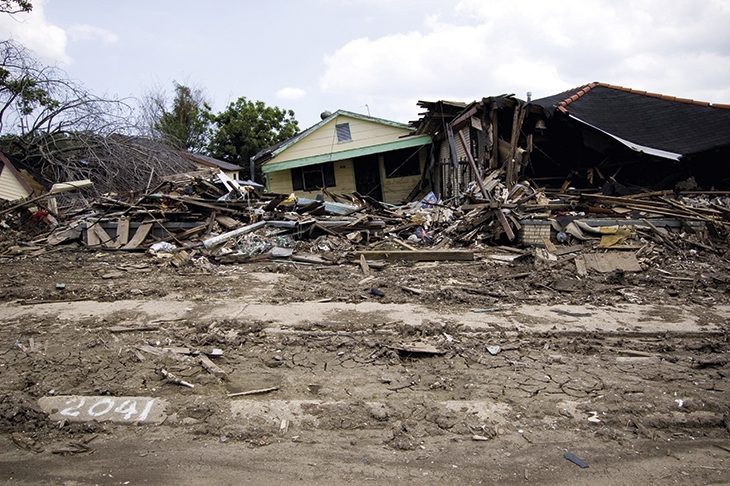
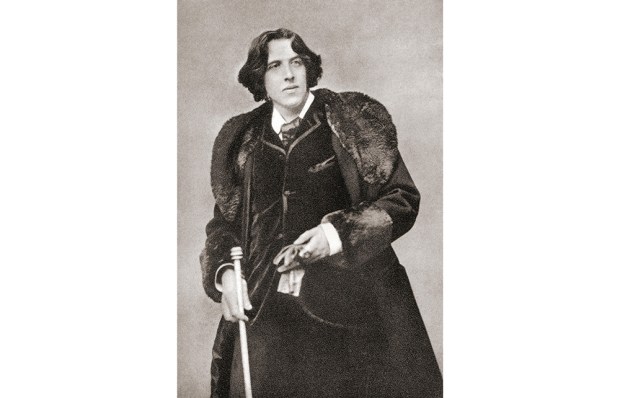

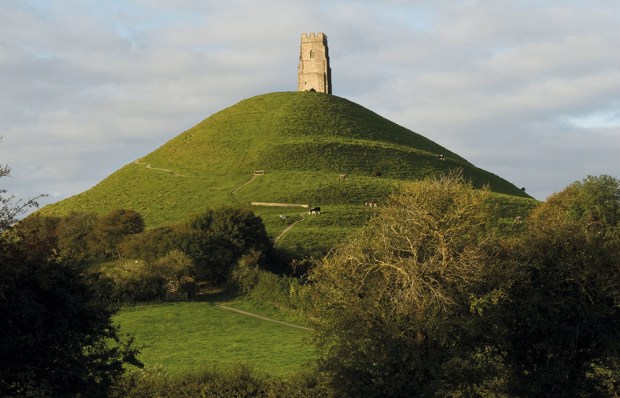
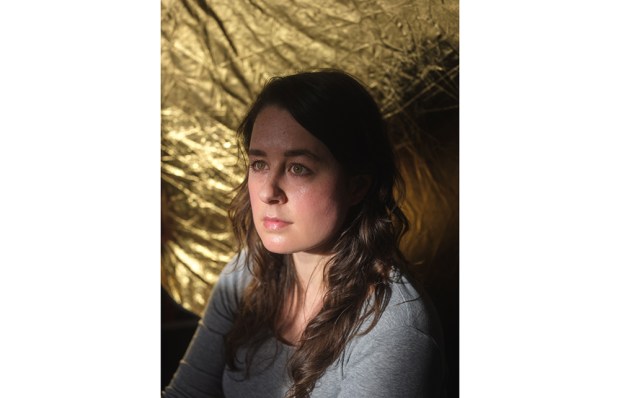
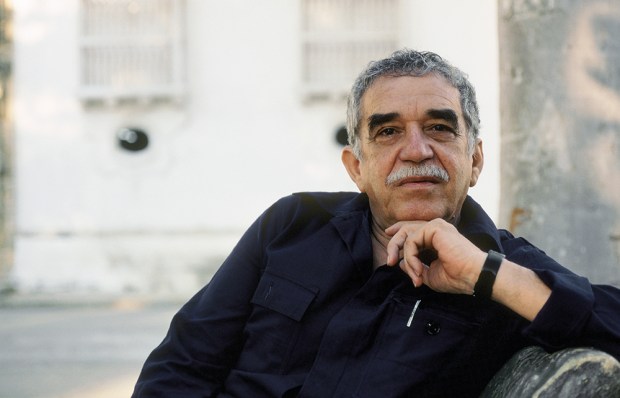
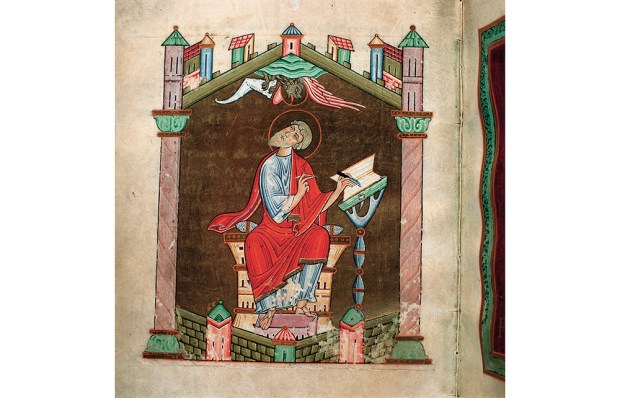






Comments
Don't miss out
Join the conversation with other Spectator Australia readers. Subscribe to leave a comment.
SUBSCRIBEAlready a subscriber? Log in